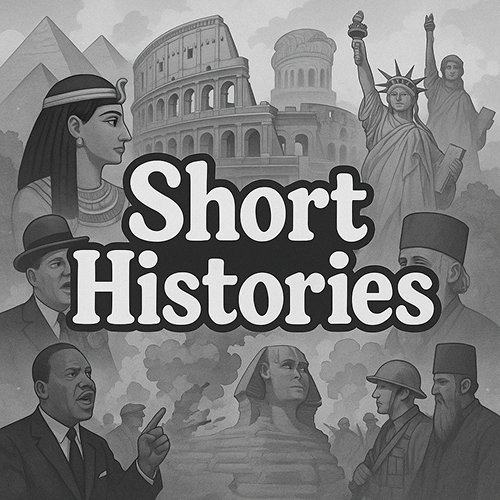It began not with whips and shackles, but with trade and treaties. In the 15th century, Portuguese explorers hugged the West African coast, driven by a hunger for gold and new trade routes to Asia. They found more than gold. They found kingdoms, empires, people and soon, they found a market for something far more profitable than spices: human beings.
By the 16th century, Spain and Portugal had carved the world between them like a butcher’s prize, west Africa became a hunting ground. European ships arrived with beads, textiles, firearms, and rum. They left with captives.
Africa’s Role: Complicity and Coercion
History often paints Africa solely as the victim. But the truth, as always, is more tangled. African kings and merchants, from the Gold Coast to the Bight of Benin, played their parts. They captured enemies in wars or raided rival villages, selling the defeated to European traders for wealth and weapons. Kingdoms like Dahomey, Old Oyo and Ashanti grew fat on this terrible commerce.
Yet not all African powers embraced this trade equally, some resisted while some fell victim.
The Benin Empire, in particular, stands out for its long resistance. For centuries, Benin was a sophisticated and highly organized kingdom with advanced art, culture, and governance. Early on, they engaged cautiously with European merchants, exchanging goods like ivory and pepper rather than people. When the pressure to trade in slaves grew as European demand exploded, the Obas (kings) of Benin resisted fiercely. They understood the long-term cultural and spiritual costs.
For much of the 17th century, Benin deliberately curtailed or outright banned the export of its people, refusing to let human flesh become currency. But isolation came at a price, as their neighbors grew richer and more militarized from the trade, Benin’s influence began to wane. Eventually, facing threats from within and without, even they could not hold out forever. But history remembers: Benin held the line the longest.
Across the continent, communities were hollowed out, stolen away in the dead of night. The chains absolutely began at home.
First Chains Across the Sea
The earliest captives were brought to Europe itself, Lisbon’s markets sold enslaved Africans as luxury servants for noble homes but it was the New World that birthed the monstrous scale. Sugarcane plantations in Brazil demanded labor unrelenting, replaceable labor. The Caribbean followed and then North America.
Ships crossed from Europe to Africa with goods, from Africa to the Americas with people, and from the Americas back to Europe with sugar, cotton, and tobacco. This was the Triangle Trade, a brutal loop of profit.
Enslaved Africans were marched in chains to coastal forts like Elmina Castle, dungeons of darkness where disease and terror thrived. Branded, shackled, and stripped of humanity, they awaited the ships. Once aboard, bodies were packed like cargo, lying spooned against each other in decks barely high enough to crouch. Mortality was expected, profit was the priority.
Between 12 and 15 million Africans were shipped across the Atlantic. At least 2 million died before even reaching land.
Europe’s Justifications: The Lies They Told Themselves
Europe masked its greed in theology and pseudoscience. Africans were branded inferior, subhuman, cursed by biblical myths like the so-called “Mark of Ham.” Slavery became righteous, even charitable, in European minds. Civilization in exchange for freedom and christianity in exchange for chains.
Kings signed charters, merchants signed checks, priests blessed ships. Empires rose on these foundations.
Africa bled, societies shattered and traditions broke. Gender imbalances skewed as young men vanished by the thousands. Technologies stagnated as warlords grew rich on guns instead of innovation. Villages learned to fear the coast. The ripple of these centuries is still felt today.
The Map of Chains
The routes carved horrors across the Atlantic:
- West Africa to Brazil: The largest share almost half of all enslaved Africans.
- West Africa to the Caribbean: Sugar islands devoured lives for profit.
- West Africa to North America: Smaller in numbers but devastating in legacy.
Ports like Liverpool, Nantes, and Amsterdam thrived on human misery. Fortunes built then still echo today in their grand architecture.
A World Rewritten in Chains
By the 18th century, slavery wasn’t just an industry, it was a machine. Every cog, from African warlords to European traders to American plantation owners, turned with ruthless precision. The people in chains were no longer people to the world’s markets. They were numbers on ledgers, profit in motion.
But cracks had begun to show, resistance simmered and uprisings brewed. The sea that carried chains would one day carry revolution.
Next Time: The Transatlantic Slave Trade Part Two | The Middle Passage
Terror on the High Seas and the Business of Human Cargo
Please go back to top & scroll gently

